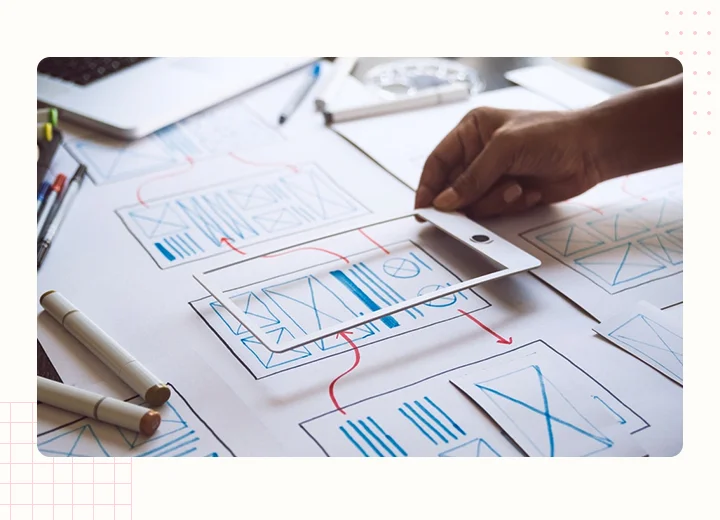UX/UI Design
UX/UI Design
We cultivate and expand brands by delivering top-notch design solutions, rooted in a comprehensive and profound comprehension of the specific brand.
Creative
User Friendly
Matches brand voice
Partners and Integration





Why Us?
Why Choose Us?
Explore our projects
See More

Raft Furniture
Heinz Frye and Mick Quinn founded Raft in 1999 and remain Managing Directors today, alongside their families and a longstanding team of interior designers and furniture fanatics. Specialising in handmade...

Client Review


Owen Brothers Catering – PPC
Owen Brother’s Catering is a leading corporate catering business based in the UK. Specializing in Corporate and Event catering services, they were looking to expand their reach and increase their...

















